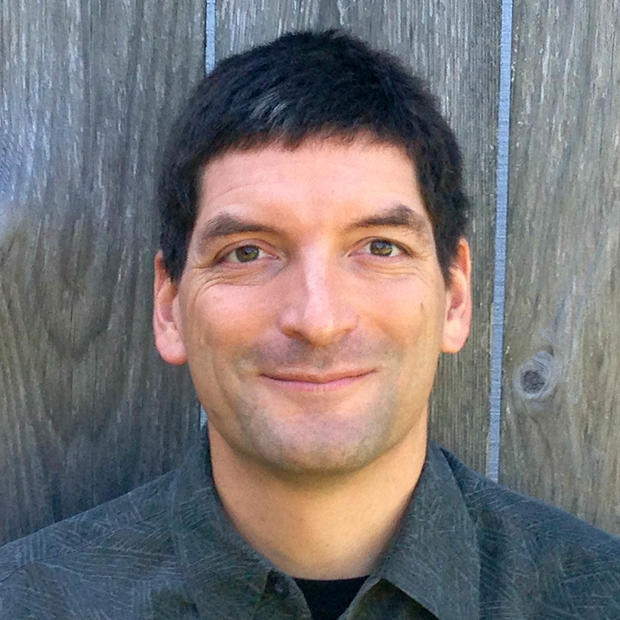Last week the City Council and the Department of Planning and Development (DPD) began the review process for their proposed overhaul of the rules governing the development of small single family lots. The policy discussion so far has featured ideas put forward by two opposing camps. In one corner we have a number of well-organized neighborhood groups, who are fed up with infill projects popping up in their side yards and backyards. In the other corner, we have development interests who make a living discovering these lots and building these projects.
Neighborhood groups are asking for significant limits on the scale of projects on small lots. Developers are ready to accept many of these limitations, but in exchange are asking for rules that will generate more opportunities to create these undersized lots. Taken together, a compromise position would read something like: “Build more of these projects, somewhat less badly.” It’s not a promising start. We don’t need to tweak the model. We need to do something else. Something better.
Here’s the question that nobody is asking: Can we accommodate new infill opportunities in single family zones, while actually improving the fabric of our neighborhoods? The answer is “Yes” and the way to do it is sitting right in front of our noses: Allow corner lots to have two houses, not just one.
Does this seem like a radical idea? Take a walk out your front door and stroll around your neighborhood. It won’t take you long to find an example of a corner lot where two houses were built instead of one. The city is rich with them. You’ve never noticed them before because they fit seamlessly into the fabric of your neighborhood. In fact, they are part of what makes for a good block
Two houses on the corner amplifies those qualities we love about single-family neighborhoods. It takes the beneficial street front activities — porch sitting, gardening, social engagement with neighbors — and extends them around the corner onto the side street. It creates the aesthetic benefits that derive from buildings that face the street and the community benefits that stem from increased human activity in the public realm.
It’s more people to meet when taking a stroll, more front yards to tend, more kids playing on the sidewalk, and more eyes on the street. On Halloween it means all faces of the block are open for business, and at night it means that more people are watching.
We wouldn’t exactly be breaking new ground here. This kind of development was common before the 1957 zoning codes were brought into effect. As a more contemporary example, the City of Portland has already gone one step further, allowing duplexes on all corner lots in single-family zones.
Instead of arguing about the least awful way to shoehorn more houses on ever-smaller slivers in the middle of the block, let’s stop doing it altogether. Instead, let’s allow all full-sized corner lots to become eligible for subdivision. Let's find a way to invite more people into our single family neighborhoods, in a way that improves the fabric of our city in the process.
One corner, two houses.



